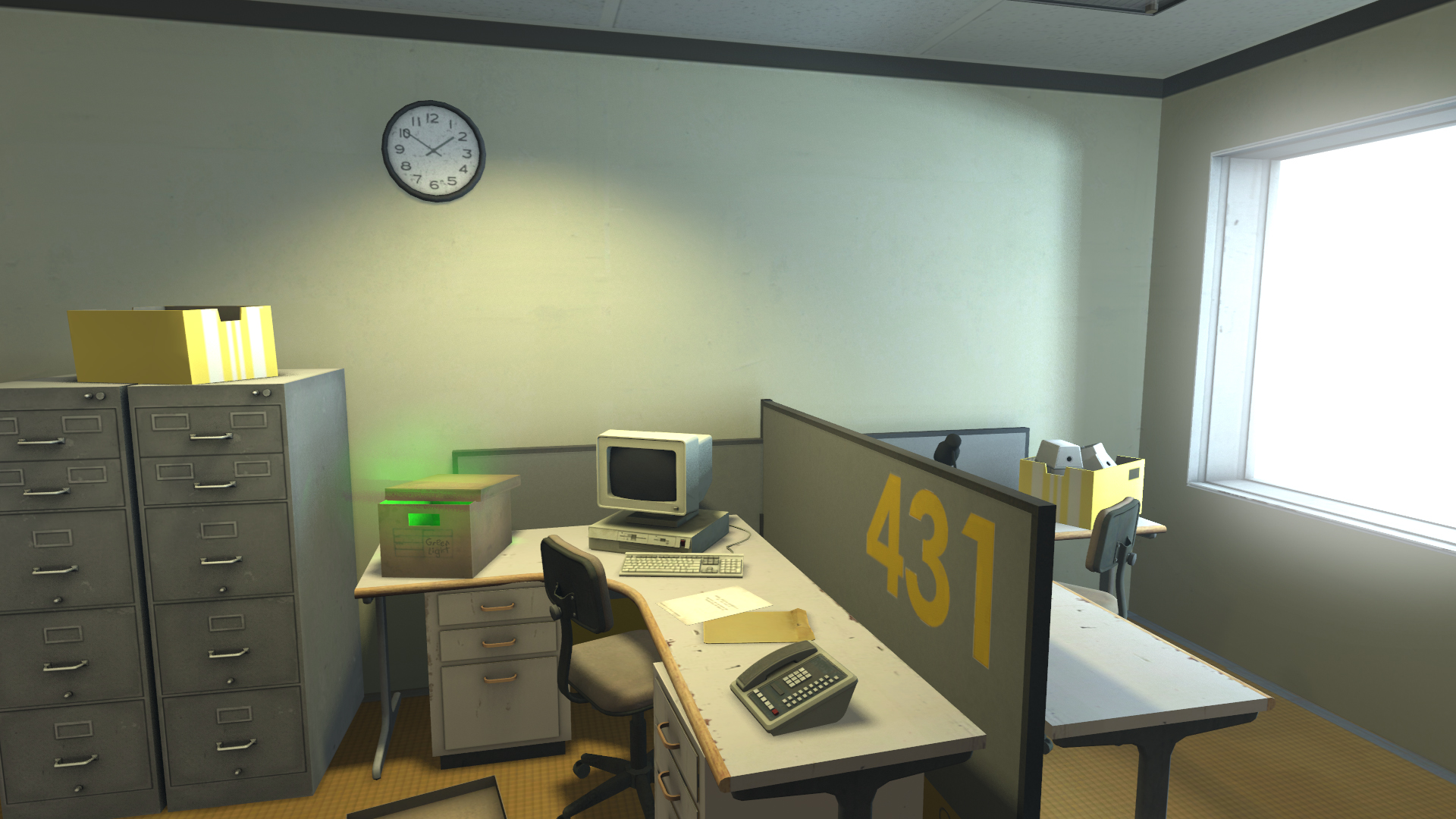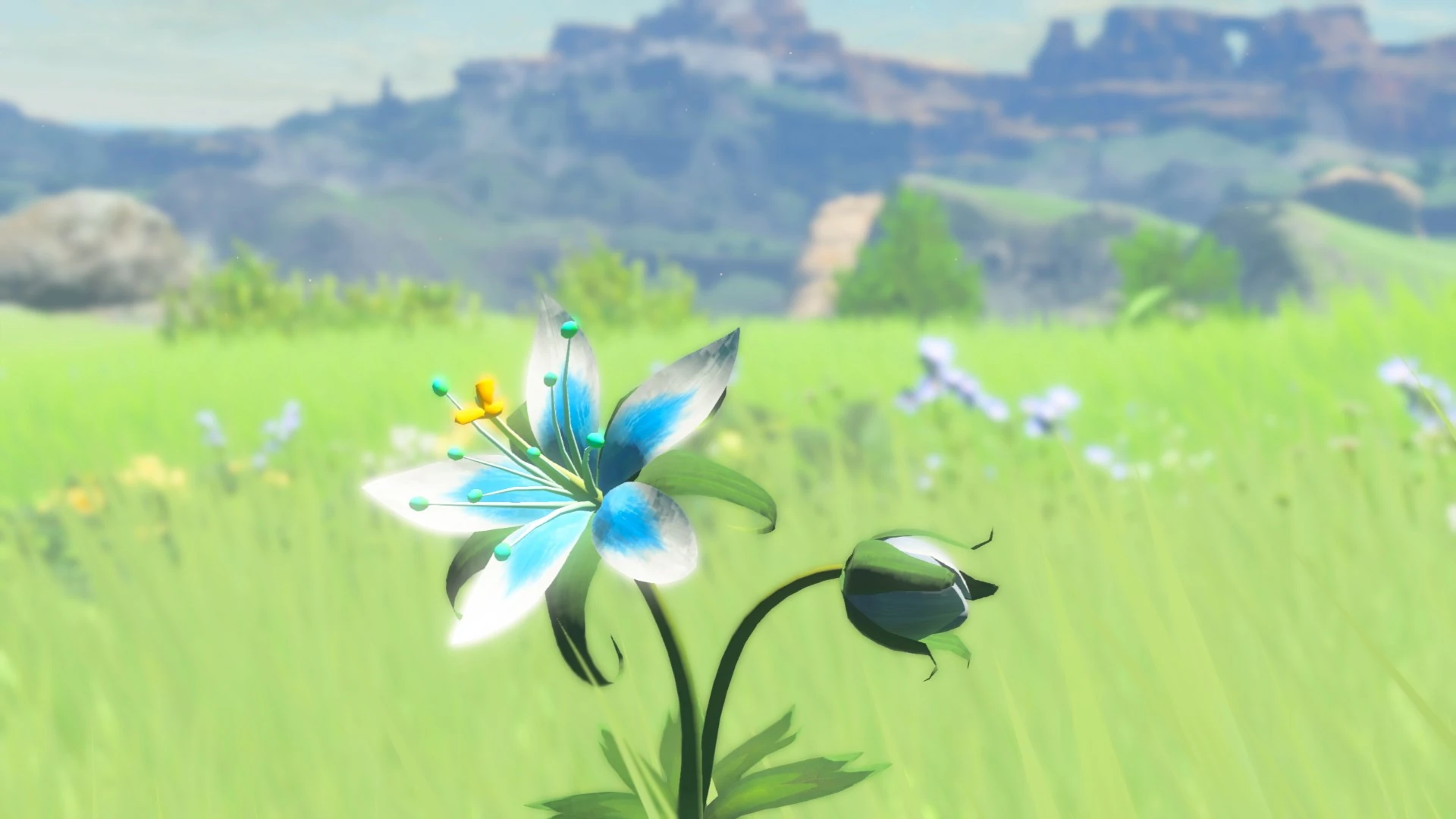- walking simulators have, what I believe to be, a rather negative reputation in the majority of the gaming world. This term generally tends to be used in a negative way to describe a game, and although can be used positive this seams to be a rarer occurrence.
Stanley Parable
In the game 'The Stanley Parable' walking simulator was given a much better representation of the benefits. With low levels of game-play, interesting world and narrative this form of genre worked really well for this title.
Stanley Parable Image from
Steam
It shows that low level puzzle mechanics and an interesting narrative and world can be enough to intrigue the player. Interactivity is an important element in games design, as it is what classes the medium as a game. These days Games have become a popular platform for a variety of things. Such as a more engaging and interesting way to tell a story, that the player can connect to rather then just observe.
But what about those games were observation is a larger element?
In some games, deemed 'walking simulators' have became a somewhat more artistic platform for story telling, with the increase capability of technology they have become far more visually interesting while still maintain that essential base game-play for the player to explore and connect with.
Beginners guide
Image from :
Pinterest image saved from youtube.
Beginners guide is a game in were you explore the game design projects from the character Cody and are described and narrated over. As an aspiring games designer I was very intrigued by the game and so took a further look into it and played it. This story was incredibly impact-fully in my opinion and was to other people as seen in video play throughs. The narration similar to 'The Stanley Parable'gives the flow of game-play a relaxed yet interesting feel. Unlike most games were you play as a RPG or ready built up character, this felt more organic then that. You played as yourself observing someone else work and story. I felt that this game summed up the emotions behind games design well and i found myself wanting to explore the meaning behind the levels in the same way as the narrator.
The game unfolded to have a deeper meaning and relationship between creator and narrator were revealed. The story had deception and twists and the reveals had a strong emotional impact. showing the strength of this genre of games as a medium for story telling. Taking full advantage of the players emotional connection to games and using this in the design.
The transition areas in this game are filled with plenty of story reveals and light innovative puzzles to navigate through. A typical play to progress.
The most sticking thing to me about this game was that I became so invested and yet, this game wasn't about me. Despite playing this game as the role and character of myself as a player. It was two characters that I hadn't even seen, and never do. The character I was playing was, me, just a player playing a game. That's when I began to become intrigued at why I felt this way. The importance of 'the sense of self' in games and started to look into the possibilities of this within my projects.

















